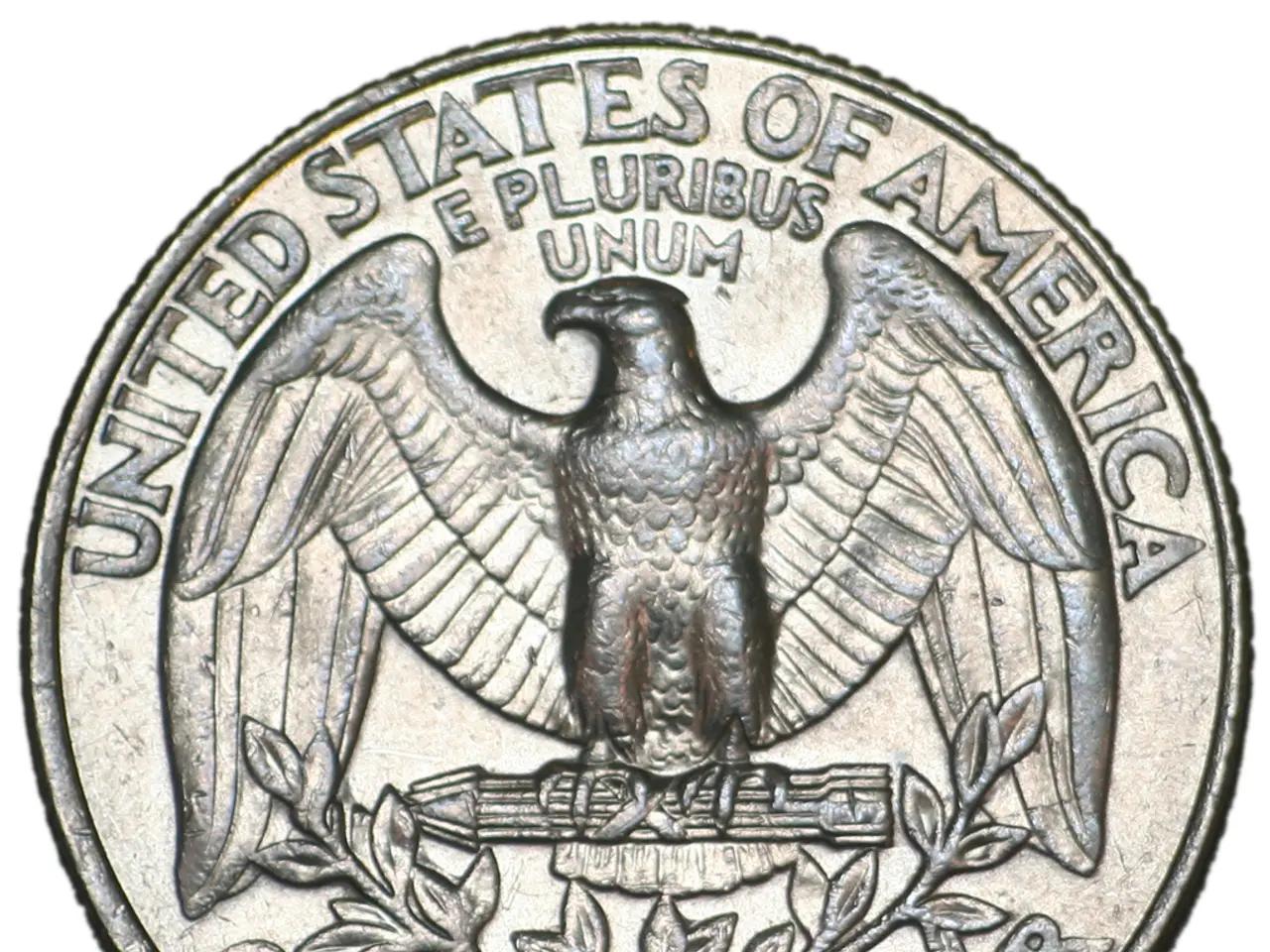International Payments Showdown: A Comparative Analysis Between Stablecoins and Wise to Determine Superiority
Revolutionizing International Money Transfers: The Rise of Stablecoins
The global financial landscape is witnessing a seismic shift, as stablecoin services emerge as a formidable contender in the international money transfer market. These innovative digital assets are challenging traditional providers like Wise, offering significant market potential and impactful advantages.
Stablecoins, such as USDC, USDT, and PayPal's PYUSD, enable near-instant, low-cost payments worldwide without the need for banks. Transactions on blockchains like Polygon or Base often have fees below a cent, making them a cost-effective alternative.
One of the key advantages of stablecoins is their speed. Transactions settle in minutes, 24/7, regardless of time zones or holidays, unlike traditional methods that can take hours to days, limited by banking hours and holidays.
Cost is another significant factor. Stablecoins offer lower transaction costs with reduced fees and minimal foreign exchange markups. In contrast, traditional providers like Wise often charge hefty fees and higher FX markups.
Transparency is another area where stablecoins excel. Blockchain-based, immutable, and auditable transaction records ensure a high degree of transparency, unlike traditional methods that rely on correspondent banks and internal processes.
Stablecoins also offer increased accessibility. They can serve unbanked or underbanked populations and enable new market access, unlike traditional methods that require bank accounts, which can be a hurdle for some users in emerging economies.
Despite their advantages, stablecoins face regulatory and structural challenges. Regulatory fragmentation, KYC/AML hurdles, and the impact on traditional banking models pose challenges. However, hybrid models may emerge where regulated financial service providers use stablecoins as technology.
Visa and MasterCard are testing stablecoins for settlement transactions, and Ripple (XRP) focuses on blockchain-based payment solutions, but more on banks. PayPal has introduced its own stablecoin, PYUSD, and Vortex, part of the Satoshipay incubator, is a decentralized offboarding solution for stablecoins that connects users worldwide with local bank transfers.
In conclusion, stablecoin services show strong market potential and a disruptive impact in international transfers, potentially outpacing traditional providers like Wise in speed, cost, and accessibility. However, full ecosystem maturity and regulatory clarity are still evolving.
Florian Beba, the Chief Strategy Officer at Satoshipay, is deeply involved in the future of stablecoins, on-chain forex, and innovative payment solutions. Wise (formerly Transferwise) bypasses the Swift system for cheaper cross-border payments, and on-ramping via credit cards or bank transfers for stablecoins can incur direct fees of 0.5 to 2 percent.
[1] The Block, "Stablecoins: The New Frontier in Cross-Border Payments," (2021). [2] CoinDesk, "Stablecoins: The Future of Cross-Border Payments," (2020). [3] McKinsey & Company, "Stablecoins: A New Era for Cross-Border Payments," (2021). [4] World Economic Forum, "Stablecoins: Opportunities, Challenges, and Regulatory Considerations," (2020).
Other technology, such as blockchains like Polygon or Base, are integral to the operation of stablecoins, providing the infrastructure for near-instant, low-cost payments worldwide. The business potential of stablecoins extends beyond traditional finance, offering a viable solution for unbanked or underbanked populations and fostering increased accessibility in emerging markets.




